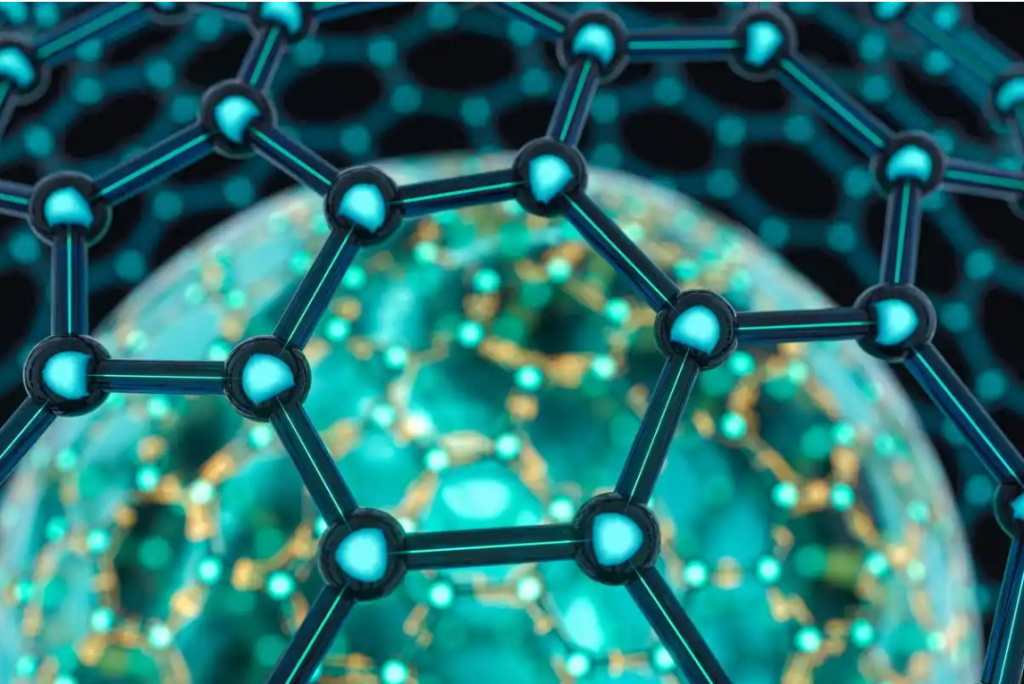Why Is Graphene Expensive to Produce?
Graphene is often considered a revolutionary material, but its high production cost remains a significant barrier to widespread adoption. The cost of graphene depends on several factors, including the production method, material quality, scalability, and post-processing requirements. Below are the key reasons why graphene remains expensive to produce.

1. High-Purity Production Methods Are Costly
Graphene can be produced using different methods, but high-quality graphene (e.g., single-layer or defect-free graphene) requires expensive and complex techniques.
(1) Chemical Vapor Deposition (CVD)
- Why it’s expensive:
- Requires high temperatures (~1000°C) and vacuum conditions.
- Uses high-purity gases (methane, hydrogen, argon), which increase costs.
- Graphene must be transferred from the metal substrate, adding processing steps.
- Impact: High-quality but low-yield, making it unsuitable for large-scale, low-cost production.
(2) Epitaxial Growth on Silicon Carbide (SiC)
- Why it’s expensive:
- Requires high-purity SiC wafers, which are already costly.
- The process takes place at extremely high temperatures (~1600°C).
- Impact: Produces high-purity graphene for electronics, but not practical for mass production.
(3) Mechanical Exfoliation (Scotch Tape Method)
- Why it’s expensive:
- Low efficiency—only a few monolayers can be obtained per attempt.
- Manual process, making it unsuitable for mass production.
- Impact: Mainly used for research, not industrial applications.
2. Scalability and Mass Production Challenges
Although some production methods (e.g., Liquid-Phase Exfoliation and Graphene Oxide Reduction) are scalable, they still have limitations that affect costs.
(1) Low Production Yield
- Many production methods yield low amounts of monolayer graphene.
- Large-scale production often results in multi-layer graphene or defects, reducing quality.
- Impact: Increased processing costs to separate high-quality graphene from lower-quality material.
(2) Complex Post-Processing and Purification
- Graphene dispersion, drying, and purification require multiple steps.
- Removing impurities and controlling flake size distribution add to production time and cost.
- Impact: Additional processing increases costs before graphene can be used in final applications.
3. Expensive Raw Materials and Equipment
Graphene production requires high-purity graphite, gases, and specialized equipment, adding to its cost.
(1) High-Purity Graphite
- Natural graphite is relatively cheap, but high-purity graphite for oxidation-reduction methods is expensive.
- Impact: Costly starting material increases overall production expenses.
(2) Specialized Equipment
- CVD and SiC methods require vacuum chambers, plasma generators, and high-temperature furnaces, which are expensive to operate.
- Ultrasonic bath and centrifuge systems are needed for liquid-phase exfoliation, adding processing costs.
- Impact: High initial investment and operational costs limit production scale.
4. Energy-Intensive Production
Graphene production often requires high-energy input, increasing operational costs.
(1) High-Temperature Processing
- CVD and SiC methods require temperatures above 1000°C, leading to high electricity consumption.
- Reducing graphene oxide also requires thermal treatment, adding energy costs.
(2) Ultrasonication and Shear Mixing
- Liquid-phase exfoliation uses ultrasound or high-shear mixing, which consumes large amounts of power.
(3) Chemical Processing Costs
- Oxidation-reduction methods use strong acids and oxidizers, which require safe handling and disposal, increasing costs.
5. Quality Control and Standardization Issues
Graphene’s performance depends on layer number, defect density, and flake size, but achieving consistent quality is difficult.
(1) Inconsistent Production Quality
- Many processes result in variable flake size and thickness, making large-scale production unreliable.
(2) Lack of Industry Standards
- Unlike steel or plastics, graphene lacks universal standards for grading, purity, and structure, making mass production inefficient.
(3) Additional Processing for Functionalization
- To make graphene compatible with polymers, coatings, or batteries, additional functionalization (e.g., chemical modifications) is required.
- This adds extra production steps and costs.
6. Supply Chain and Market Limitations
The graphene industry is still developing, with limited large-scale suppliers and high demand for premium-quality material.
(1) High Market Demand for Premium Graphene
- High-quality, single-layer graphene is in demand for electronics, energy storage, and composites, but only a few companies can produce it at scale.
- This limited supply keeps prices high.
(2) Production Bottlenecks
- Large-scale graphene producers face technical and scalability challenges, leading to supply shortages.
- This results in higher costs for raw graphene materials.
Comparison of Graphene Costs Based on Production Methods
| Production Method | Cost | Scalability | Quality | Typical Price ($/g) |
|---|---|---|---|---|
| Mechanical Exfoliation | Very High | Very Low | High (Monolayer) | $500–$1000 |
| CVD Growth | High | Medium | High | $100–$500 |
| Epitaxial Growth (SiC) | Very High | Low | High | $200–$1000 |
| Liquid-Phase Exfoliation | Medium | High | Medium | $10–$100 |
| Graphene Oxide Reduction | Low | High | Medium-Low | $1–$10 |
| Flash Joule Heating | Low | High | Medium | (Still developing) |
Prices vary based on quality and supplier.
Future Outlook: How Can Graphene Become Cheaper?
While graphene is expensive today, ongoing research and technological advancements are driving costs down. Potential solutions include:
(1) Improved Scalability
- Flash Joule Heating (turning carbon waste into graphene) offers a low-cost, scalable alternative.
- Roll-to-roll CVD methods could enable continuous graphene production, reducing costs.
(2) Alternative Raw Materials
- Using low-cost carbon sources (e.g., waste plastics, biomass) could reduce production expenses.
(3) Process Optimization
- More efficient exfoliation, purification, and functionalization techniques could lower costs.
(4) Industry Standardization
- Establishing universal graphene quality standards would improve production consistency, making it easier to scale.
Conclusion
Graphene’s high production cost is primarily due to complex manufacturing processes, energy-intensive requirements, scalability issues, and expensive raw materials. While costs are expected to decrease as new methods emerge and technology improves, achieving truly low-cost, mass-market graphene remains a challenge. However, as research continues, graphene could soon become more accessible, unlocking its full potential across industries like electronics, energy storage, and advanced composites.

